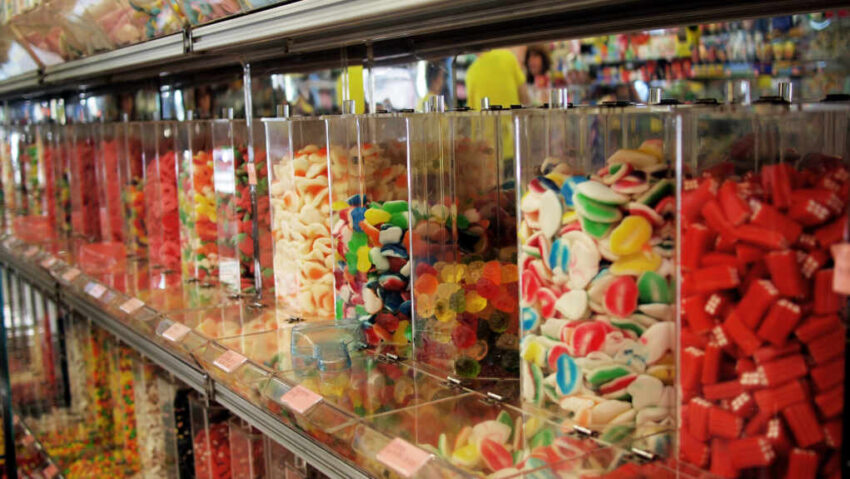Indiana’s shock move to ban sugary snacks from SNAP benefits is detonating a nationwide debate over public health, taxpayer money, and who really controls America’s welfare policies.
At a Glance
- Indiana bans sugary drinks and candy from SNAP benefits with USDA approval.
- New policy begins January 1, 2026, led by Governor Mike Braun.
- Aims to reduce obesity and diabetes rates while cutting junk food spending.
- Marks a historic reversal of federal SNAP policy on state waivers.
- Sparks national controversy over government control versus personal choice.
Indiana’s SNAP Blitz: Reform or Overreach?
Indiana is charging into uncharted territory with its newly approved plan to ban the purchase of sugary drinks and candy using SNAP (Supplemental Nutrition Assistance Program) benefits. The USDA greenlit the pilot on May 23, 2025, after decades of stonewalling similar proposals on the grounds of “administrative complexity” and the risk of shaming recipients. Governor Mike Braun hailed the move as a win for both public health and taxpayer sanity, positioning Indiana as a vanguard in a conservative crusade to overhaul welfare spending.
Watch a report: Indiana to Ban Junk Food from SNAP
Indiana’s definitions are razor-sharp: “candy” refers to sugar-based items without flour or refrigeration needs, while “soft drinks” cover sweetened beverages that are nonalcoholic, contain no milk, and consist of less than 50% juice. The clarity is causing headaches for retailers who now face sweeping updates to their point-of-sale systems to comply before the 2026 rollout. Nebraska and Iowa are also implementing similar bans, creating a regional surge in restrictions that once seemed politically untouchable.
Health Policy or Political Theater?
Supporters tout the policy as a long-overdue strike against the epidemic of obesity and diabetes in low-income communities, where sugary foods and drinks have disproportionately driven chronic health problems. Governor Braun argued that more SNAP dollars go to candy and soda than to fruits and vegetables, a dynamic he described as a “fiscal embarrassment.” Under USDA Secretary Brooke Rollins, the federal government is now actively encouraging states to test restrictions, a 180-degree pivot from previous administrations.
Yet the backlash is fierce. Anti-hunger groups warn that dictating food choices risks deepening stigma for SNAP recipients. The food industry, predictably, is alarmed about profit losses and the sheer technical burden of compliance. Meanwhile, the USDA has launched a national tracking tool to monitor which states are joining Indiana’s push, signaling the start of what could become a state-driven transformation of SNAP.
The SNAP Battlefield Expands
This isn’t just about candy bars—it’s a proxy war over government’s role in shaping personal behavior through welfare programs. Critics see the policy as a paternalistic overstep that penalizes the poor for their food choices. Defenders, however, argue it’s a necessary correction to decades of bloated, ineffective welfare spending that indirectly subsidized junk food giants.
If Indiana’s model succeeds—meaning measurable health gains without sparking mass recipient dissatisfaction—red states will likely fall in line, eager to replicate a formula that combines fiscal discipline with public health benefits. Failure, however, will fuel calls from the left to revert to unrestricted SNAP spending, armed with accusations of elitism, discrimination, and a betrayal of personal freedom. What’s clear is that the battle over SNAP’s future has only just begun, and the stakes are nothing less than the shape of American welfare itself.
Click this link for the original source of this article.
Author: Editor
This content is courtesy of, and owned and copyrighted by, https://deepstatetribunal.com and its author. This content is made available by use of the public RSS feed offered by the host site and is used for educational purposes only. If you are the author or represent the host site and would like this content removed now and in the future, please contact USSANews.com using the email address in the Contact page found in the website menu.








